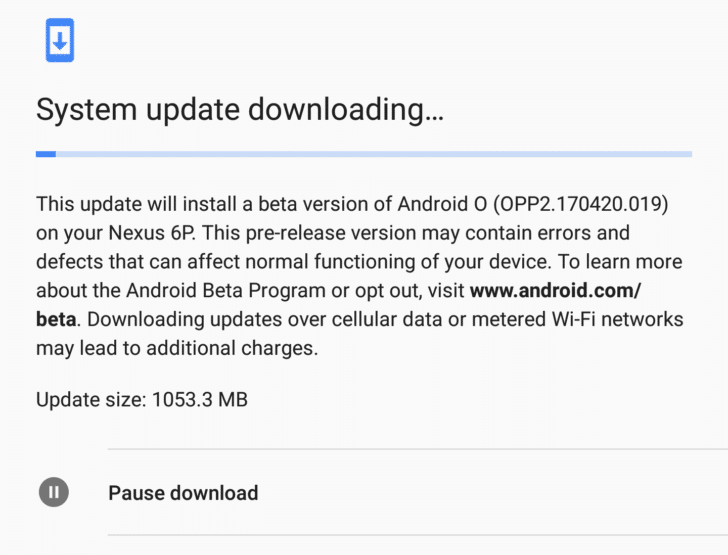
Audio has always been one of Android’s key weakness. After years of work, Google has finally gotten around to get the audio latency to respectable levels in Nougat. With Android O, the company has even gone ahead and added a new AAudio Pro API for professional audio apps for an even lower audio latency.
That’s not all, though: Google has also added support for high-quality Bluetooth audio streaming codec in Android O. Right now, the company has only made LDAC — a streaming audio codec developed by Sony — official. However, the Developer Options in Android O hint that Google will also add support for aptX and aptX HD Bluetooth audio streaming codecs by the time the final version of the OS is released.

As for LDAC, it is a new streaming audio technology from Sony for listening to high-quality music via Bluetooth. The company says that LDAC is able to transmit 3x more data compared to regular Bluetooth while also offering a stable connection and clearer sound output. While the technology might offer superior Bluetooth audio streaming quality, it is supported by only a handful of headphones and music players from Sony.

With the whole world now making the switch to Bluetooth headphones, the addition of high-quality Bluetooth audio streaming codec to Android O will be a welcome addition. After all, even Google is rumored to ditch the headphone jack on the next Pixel, which would make it necessary for the phone to come with high-quality Bluetooth audio streaming support.
Remember that support for LDAC, aptX codec at the OS level is just one part of the equation. Your wireless Bluetooth headphones/receiver should also be compatible with the technology to make full use of it.
So, do you think you will now be ready for Google to ditch the headphone jack on the Pixel 2 now that they will be adding high-quality Bluetooth audio streaming to Android?
Read: Android O Features: All the New and Hidden Features We’ve Found So Far














